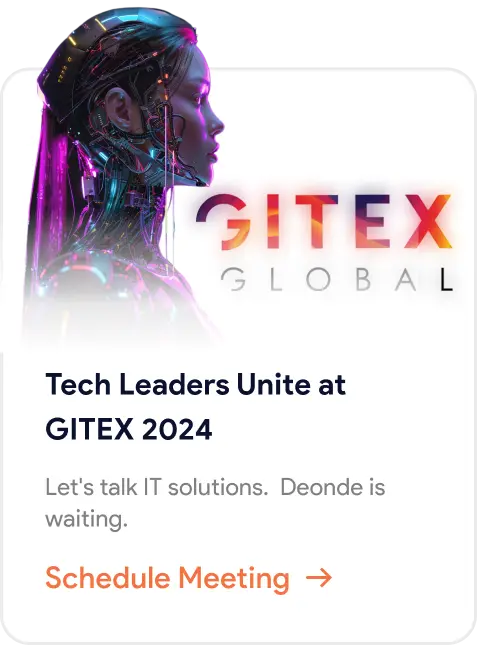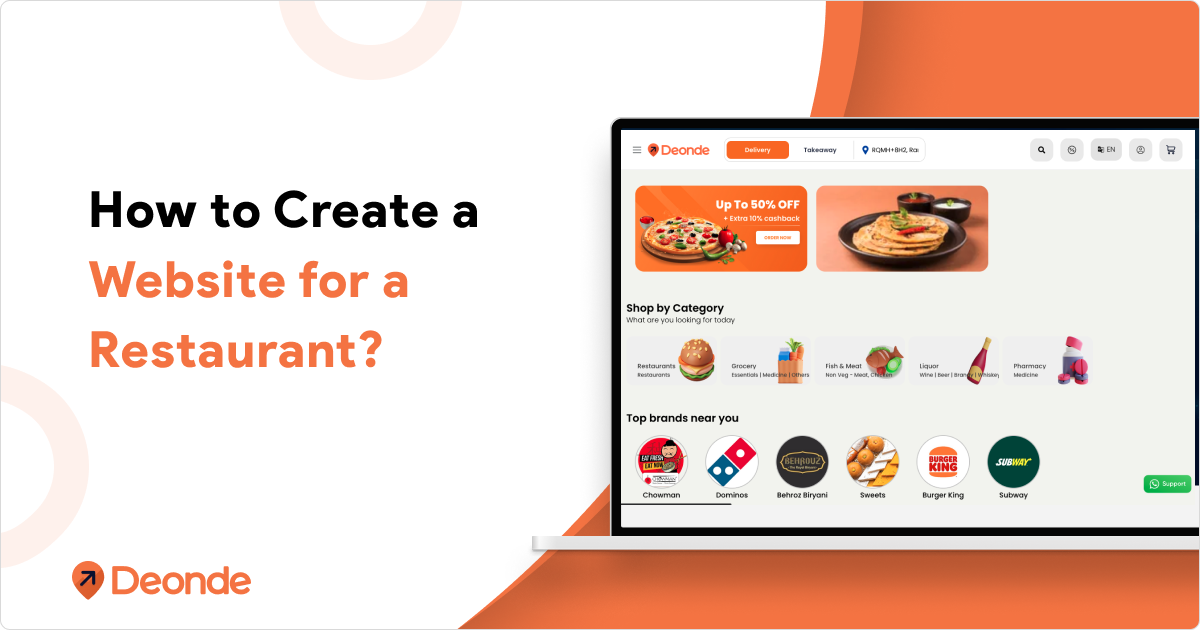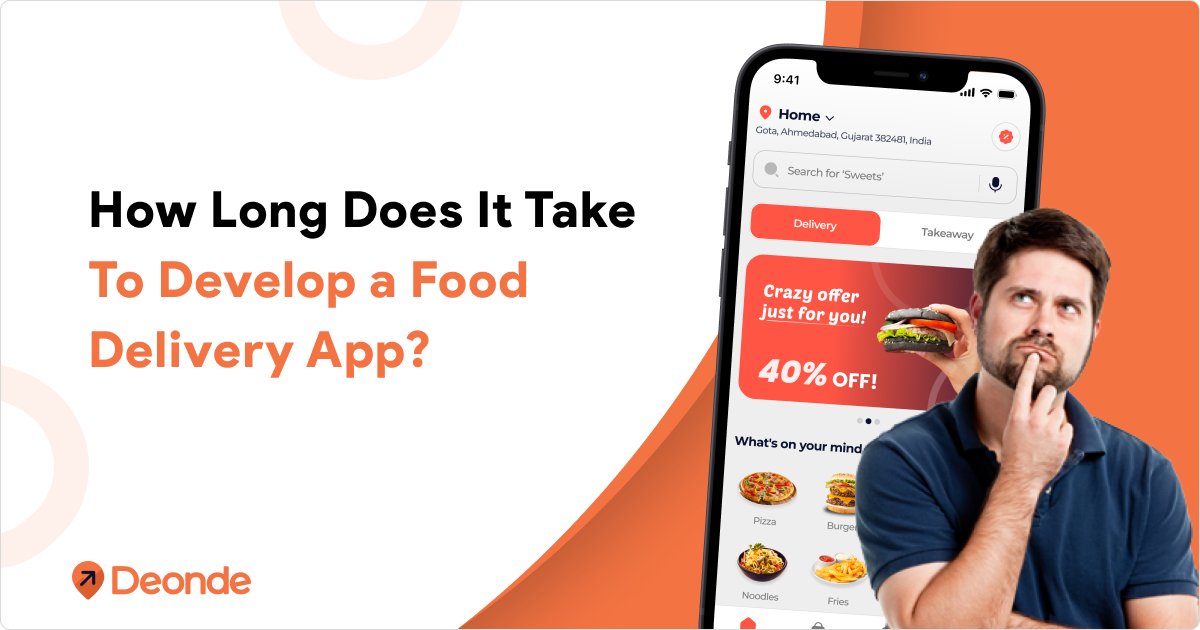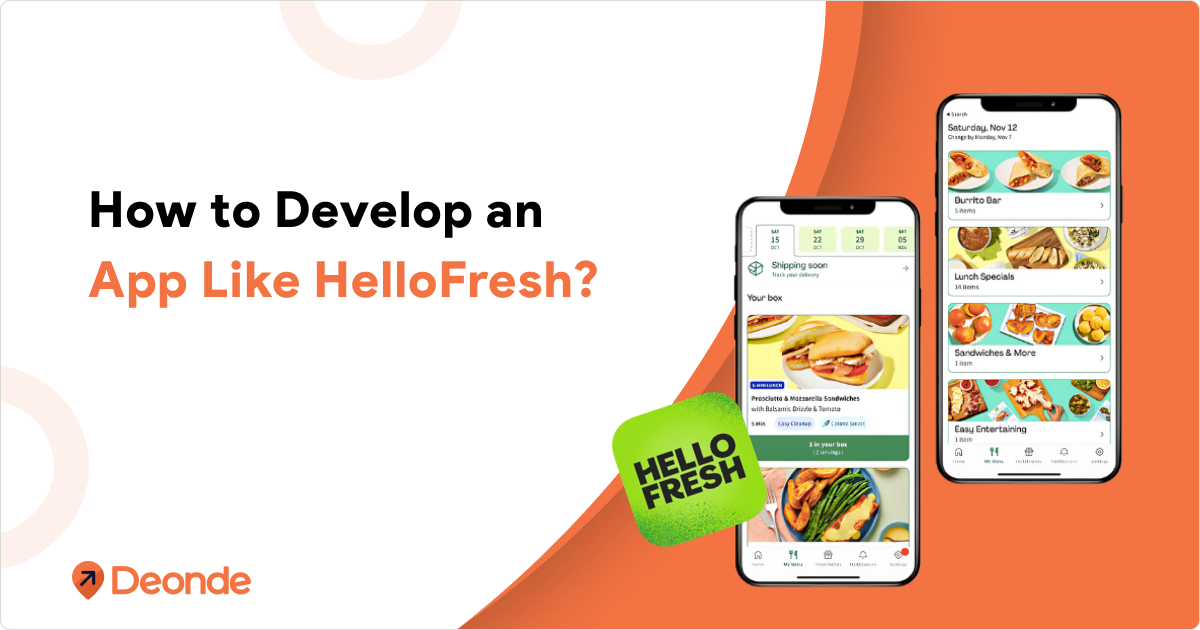Whether your food delivery app has been in business for years or is just getting started, third-party integrations into your workflows are the only way to remain competitive, boost sales, and reduce overheads.
These third-party integrations can help you deliver a seamless ordering experience from lightning-fast payment processing to real-time driver tracking.
While there’s no better time than the present to start using third-party integrations, you need to understand their benefits and the long-term costs.
So read along to find out the benefits of integrating third-party services into your food delivery app.
What are Third-Party Integration Services?
For food delivery apps, third-party integrations act as a bridge connecting the core app to specialized services.
They function as modular components, allowing you to enhance your app’s functionality without requiring extensive, time-consuming, and costly in-house development.
Instead of building every feature from scratch, like payment processing, GPS tracking, or customer support, you leverage the expertise of others.
For instance, integrating a payment gateway into your food delivery app can help you secure and process transactions. A third-party GPS tracking service can provide accurate locations and optimized routing, further enhancing the delivery experience without building a mapping system.
Thus, third-party integrations allow you to focus on what you do best—connecting hungry customers with delicious food.
How do Third-Party Integrations Help Food Delivery Apps?

Third-party integrations are a great tool for food delivery apps that want to expand their reach, optimize operations, and enhance customer satisfaction.
The complete list of integrating third-party services into your food delivery app is given below:
Enhanced User Experience
Third-party integrations can improve the app user’s experience. This is because third-party integrations can assist with seamless payment options, real-time order tracking with GPS, and personalized push notifications. These features create a smooth and enjoyable journey for your users.
Increased Efficiency and Scalability
Food delivery apps can automate tasks like driver dispatch, order updates, and even customer support with third-party integrations. This allows the on-demand delivery business to focus on strategic growth and scalability.
Reduced Development Costs
Building every feature in-house is expensive and time-consuming even for well-funded food delivery app startups. Third-party integrations can significantly reduce development costs and time to market.
Access to Specialized Expertise
When you partner with a seasoned third-party service, you gain access to those services and the industry expertise of providers. This is particularly important for sensitive areas of your food delivery operation, such as payment security, mapping technology, and communication tools.
Data-Driven Optimization
Integrating third-party tools for analytics and reports helps you gain valuable insights into user behavior, popular dishes, and delivery patterns. This data lets you optimize your app, marketing campaigns, and overall strategy.
Examples of Third-party Integrations in Food Delivery Apps
Here are some common examples of third-party integrations that can enhance the functioning of a food delivery app:
Geolocation and GPS Services:
In the landscape of on-demand food delivery, timely and accurate deliveries are crucial. Hence, integrating third-party geolocation and GPS services can enable real-time tracking of orders.
This offers transparency as customers can monitor their orders every step of the way—from the restaurant to their doorstep. GPS services also help delivery personnel navigate optimized routes, ensuring fast deliveries.
Integrating geolocation services also plays a crucial role in determining delivery fees. Most charges are based on the distance between the restaurant and the customer’s location.
This integration contributes immensely to the overall user experience by providing accurate location data.
Payment Gateway Integration:
As an online food delivery app business, you must ensure customers can pay for their orders using their preferred payment methods. Any glitches or obstacles during transactions can deter customers from ordering again.
Hence, you need to integrate a variety of third-party payment gateways like credit or debit cards, digital wallets, and even mobile payment options, which can smoothen online transactions.
Additionally, implementing robust encryption and security measures is also important, as this will instill confidence in your services.
A frictionless payment gateway integration is very important in gaining customers’ trust and encouraging repeat orders.
Push Notifications and Communication:
Timely communication can help your food delivery app stand out in this competitive space. You can achieve this by integrating push notification services.
This enables real-time customer updates and alerts regarding their orders, estimated delivery times, and special offers.
This integration keeps customers in the loop, reducing uncertainty and enhancing their overall ordering experience.
For instance, you can use push notifications or email integration to let your customers know when their order is ready, out for delivery, or delayed.
Moreover, the third-party communication service can also notify customers about promotional campaigns, discounts, and new restaurant partnerships.
Effective communication through push notifications, messages, or email can significantly boost customer satisfaction and brand loyalty.
Customer Support and Feedback Integration:
Make your customers feel heard. Integrate a robust customer support and feedback system so that customers can voice their concerns.
These support services also allow customers to inquire about their orders, request refunds, and provide feedback on their experiences.
Integrating a live chat or an AI chatbot feature can offer immediate assistance to users, addressing their queries in real time.
By actively addressing customer concerns and continuously improving your service offerings, you can lay the foundation of a trustworthy food delivery app that your customers love and adore!
Delivery Service Integration:
Managing delivery partners is crucial to the success of your food delivery app. Hence, integrating third-party delivery services is vital. This will help you manage logistics, last-mile delivery, and driver dispatch.
These delivery integrations enhance your app’s delivery capabilities by automatically calculating the most efficient delivery routes and assigning drivers to orders based on location and availability.
They also manage driver schedules, track performance, and handle payday operations.
Cost of Integrating Third-Party Services to Your Food Delivery App
As mentioned above, the costs associated with integrating third-party services into a food delivery app involve multiple factors.
The pricing is not a single, fixed price but a combination of factors.
Here’s a breakdown:
Subscription Fees
Many third-party integration providers operate on a subscription model, offering access to their platform and services for a recurring monthly or annual fee.
This fee is often tiered, meaning the cost will vary based on several factors.
The number of services you intend to integrate is a primary driver of subscription costs.
For example, integrating with only a few popular payment gateways might be less expensive than integrating with a wide range of regional and international options.
Also, the volume of orders processed on your app can influence subscription costs for services such as payment gateway integrations.
Hence, it is essential to evaluate your app’s needs and projected growth to select a subscription plan that aligns with your budget and requirements.
If you’re not sure about what services your food delivery app needs, connect with Deonde and we can help you out!
Setup Fees
Some integration service providers may charge a one-time setup fee to configure the integration with your existing systems. This fee covers the costs associated with initial setup, customization, and testing.
Transaction Fees
In addition to subscription fees, some third-party integration services may also charge a small per-transaction fee.
This fee is typically levied on each order processed through your food delivery platform. The percentage or fixed amount of the transaction fee will vary depending on the provider and the type of transaction.
The Future of Food Delivery App Integrations
In the competitive food delivery landscape, third-party integrations are no longer a luxury, but a necessity.
They empower food delivery apps to streamline operations, reduce costs, enhance customer satisfaction, and ultimately, thrive in a demanding market.
By automating tasks, minimizing errors, and providing valuable insights, these integrations free up resources and allow food delivery businesses to focus on what they do best—creating delicious food and providing exceptional dining experiences.
From optimizing delivery routes to ensuring menu consistency across platforms, third-party integrations offer a comprehensive suite of tools to tackle the challenges of food delivery app management.
If you’re looking to harness the power of third-party integrations for your food delivery app, Deonde is your trusted partner.
With a wide range of integrations and expert support, we can help you navigate the complexities of the food delivery ecosystem and unlock your app’s full potential.
FAQs
1. Why are Third-Party Integrations Important for Food Delivery Businesses?
Third-party integrations are crucial for food delivery businesses as they streamline operations, enhance customer experience, and drive growth. They automate tasks, centralize data, and cut costs, enabling scalability and data-driven decisions. Essentially, they allow food delivery businesses to focus on core food and service while the integrated apps take care of the operations.
2. How do Third-Party Integrations Benefit Restaurant Owners?
Third-party integrations help restaurant owners automate tasks, reduce errors, and centralise data. This leads to increased efficiency, cost savings, and improved customer satisfaction.
3. Can Third-Party Integrations Help with Customer Engagement?
Yes, third-party integrations boost customer engagement through personalization. CRM integrations enable targeted promotions based on customer preferences. On the other hand, push notifications keep customers informed about orders and offers. Loyalty program integrations can also engage customers through rewards and bring in repeat business.
4. How do I Integrate a Payment Gateway into my Food Delivery App?
Integrating a payment gateway is a complex process involving selecting a provider, registering a developer account, obtaining API keys, and installing their SDK into your app’s codebase. If you need help with third-party integrations, contact Deonde today, and someone from the team will reach out. With over 30 payment gateway integrations, Deonde can help you find the right third-party payment service and help you implement it successfully.







I read an article on your website and I am very impressed by your blog. Third-party integrations are crucial for food delivery apps in 2025 to enhance functionality, improve user experience, and streamline operations. From payment gateways to GPS tracking, these integrations make apps more efficient. **Dev Technosys** offers expert **food delivery app development** services, ensuring seamless integration with the latest third-party technologies.